Welcome to one of the most active flamenco sites on the Internet. Guests can read most posts but if you want to participate click here to register.
This site is dedicated to the memory of Paco de Lucía, Ron Mitchell, Guy Williams, Linda Elvira, Philip John Lee, Craig Eros, Ben Woods, David Serva and Tom Blackshear who went ahead of us.
We receive 12,200 visitors a month from 200 countries and 1.7 million page impressions a year. To advertise on this site please contact us.
|
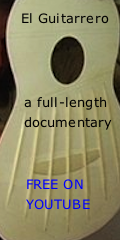
|
|
Solea entirely 7th fret up
|
You are logged in as Guest
|
|
Users viewing this topic: none
|
|
Login  | |
|

   
Ricardo
Posts: 15049
Joined: Dec. 14 2004
From: Washington DC

|
 RE: Solea entirely 7th fret up (in reply to mrstwinkle) RE: Solea entirely 7th fret up (in reply to mrstwinkle)
|
|
|
Although using part of a scale might capture the “vibe” depending on the note choices, it’s probably better not to over think the analysis regarding traditional flamenco. In most cases, before the 80’s, old style flamenco is not deliberately using some special scale such as melodic minor or any modes, even in cases of straight runs. Sure you might find a single 7 note scale, but even still you will notice things like a natural note in one octave, and as it passes through the next octave, a sharp note, or both notes.
In melodic phrases when you encounter accidentals in old flamenco, it’s not a key change rather it’s some implied harmonic change. For example the A-G#-A-G-F#-G-F-E-F-E-D#-E type chromatic are implying the Circle of 5th harmonic movement (E7-Am, D7-G, C7-F, B7b5-E). In other cases you have your typical cambio type things that occur in cante accompaniment (the Dominant change, or the relative major change etc). So something that has E-F#-G#-A....might not necessarily be “mode 5 of melodic minor”, you would need to hear specifically the other notes, namely the C natural and D natural to be sure. If you don’t hear those, then there is ambiguity and one can simply say it’s an E major chord, for example.
Another case is you might hear in Solea, the C# and F natural against a ringing E or E and B together, implying the vibe of mode 2 of melodic minor (D melodic minor), but again here you need to be sure about the other notes such as G natural. If it is not present, a G# might be implied and thus the “scale” could be seen as mode 5 of A harmonic MAJOR....and in many cases I notice this type of thing going on when more notes are at play, and I feel it’s a deliberate throwback to M. De Falla. Of course in modern recordings of flamenco guitar deliberate usage of “Jazz minor modes” and what not can be found often used.
In regards to the the question about modulating to the minor KEY from the phrygian, as we see more often in buleria and lighter forms, yes it has been done in the traditional rep. I discussed the specific example of Niño Ricardo Solea that does this:
http://www.foroflamenco.com/tm.asp?m=230677&appid=&p=&mpage=2&key=solea%2Cminor&tmode=&smode=&s=#231093
_____________________________
CD's and transcriptions available here:
www.ricardomarlow.com
|
|
|
|
REPORT THIS POST AS INAPPROPRIATE |
Date Nov. 14 2018 11:23:17
 |
|
 New Messages New Messages |
 No New Messages No New Messages |
 Hot Topic w/ New Messages Hot Topic w/ New Messages |
 Hot Topic w/o New Messages Hot Topic w/o New Messages |
 Locked w/ New Messages Locked w/ New Messages |
 Locked w/o New Messages Locked w/o New Messages |
|
 Post New Thread
Post New Thread
 Reply to Message
Reply to Message
 Post New Poll
Post New Poll
 Submit Vote
Submit Vote
 Delete My Own Post
Delete My Own Post
 Delete My Own Thread
Delete My Own Thread
 Rate Posts
Rate Posts
|
|
|
Forum Software powered by ASP Playground Advanced Edition 2.0.5
Copyright © 2000 - 2003 ASPPlayground.NET |
0.078125 secs.
|


 Printable Version
Printable Version




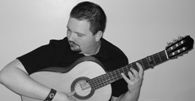

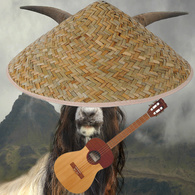
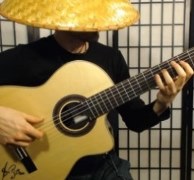
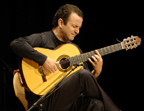

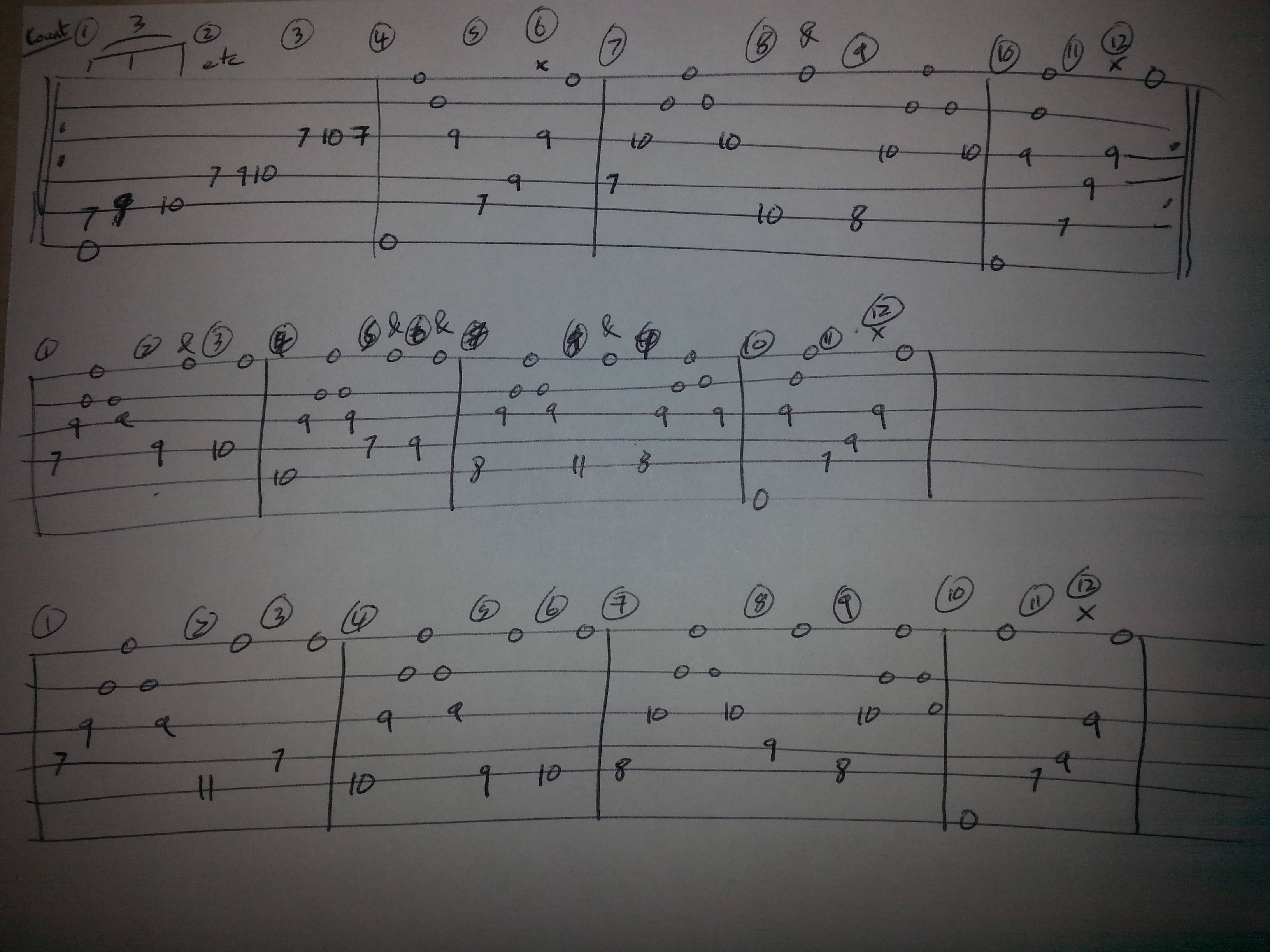



 New Messages
New Messages No New Messages
No New Messages Hot Topic w/ New Messages
Hot Topic w/ New Messages Hot Topic w/o New Messages
Hot Topic w/o New Messages Locked w/ New Messages
Locked w/ New Messages Locked w/o New Messages
Locked w/o New Messages Post New Thread
Post New Thread